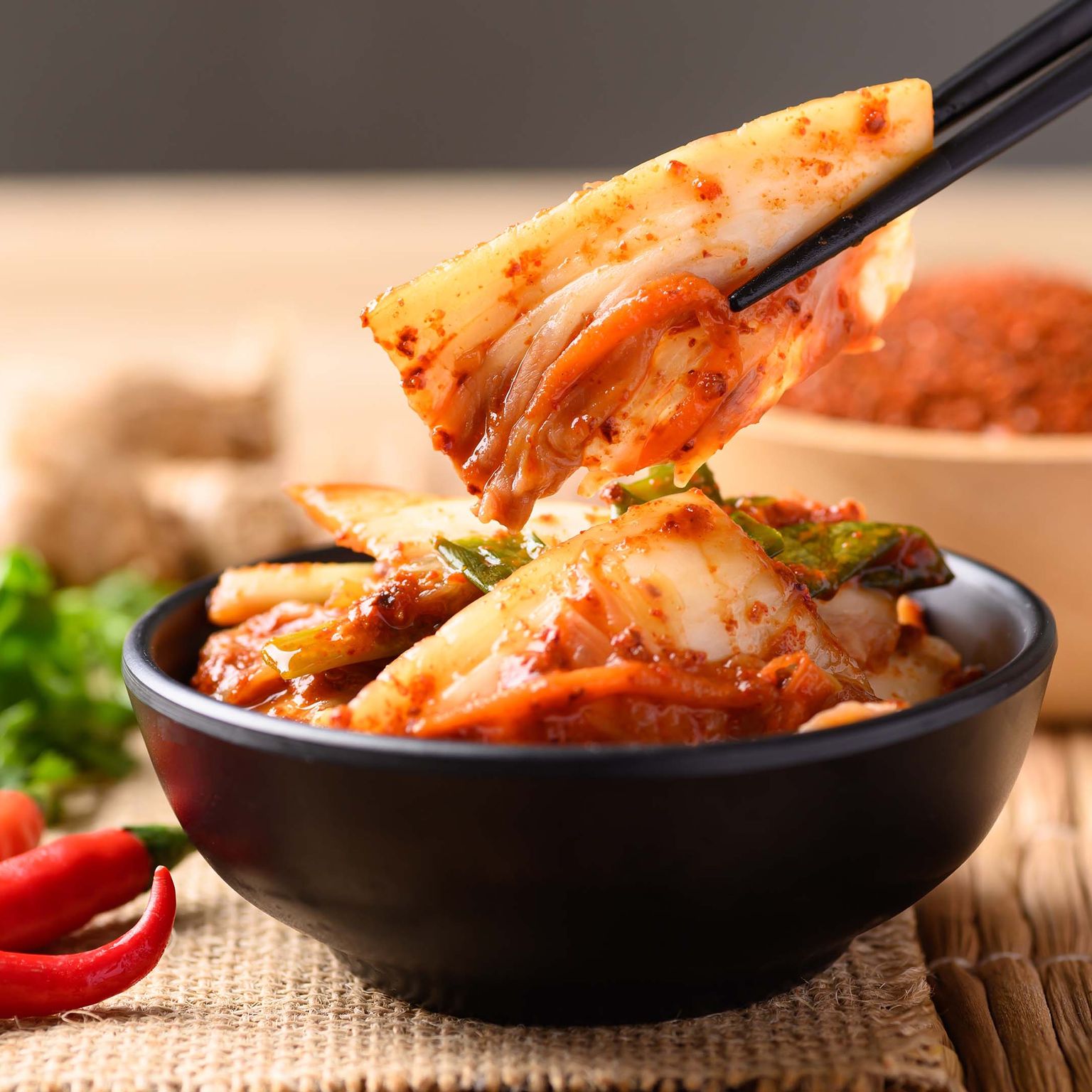
South Korea tours
Imagine ancient palaces aglow beneath neon cityscapes. Wander alleyways that sizzle with mouthwatering street food. Visit mist-covered mountain temples or stroll through seaside villages lined with colorful boats. South Korea is a symphony of tradition and trend—think centuries-old tea ceremonies sharing space with bouncy K-pop tunes. Ready to fall in love with the unexpected?


What to know before you go
POPULATION
South Korea boasts a modest population of around 51 million people, but the country’s massive influence on culture via K-dramas and K-pop, as well as the beauty industry, is felt on a global scale.
CAPITAL
You’ll find half of South Korea’s residents living in the Seoul Metropolitan Area, which includes Seoul, Gyeonggi-do, and Incheon. It’s enjoyed capital city status since the 14th century and now sits at the confluence of tradition and pop culture. (The latter is known in South Korea as the Hallyu, or Korean Wave.)
CULTURAL QUICK TAKE
Koreans are deeply influenced by Confucianism, so you’ll notice an emphasis on tradition, respect for elders, and rituals woven into everyday life. At the same time, South Korea pulses with trendsetting pop culture, fashion, and technology.
WHAT TO GO FOR
Contrast, creativity, and soul are at the heart of what you’ll experience in Korea. Go for the street food, electrifying nightlife, and serene temples, then discover terraced tea plantations, bamboo forests, and crashing waterfalls.
UNIQUE EXPERIENCES ON TOUR
Experience the many faces of Korea’s multifaceted heritage when you venture to the Demilitarized Zone between North and South Korea, cruise around the expanse of Busan Harbor, or watch female divers plunge for sea urchins on Jeju Island.

Highlights of South Korea: Seoul, Busan & Gwangju
Consider this tour your introduction to and immersion into Korean culture. In one electric journey, you’ll dig into salty-sweet street food, learn a K-pop dance routine, ferment kimchi, and take part in a traditional tea ceremony. Extend your trip to Jeju Island to experience a Hawaii-meets-Iceland combination of volcanic terrain, sandy beaches, and clear waters.
Your trip to South Korea starts here
You could wait for inspiration to strike—or find some with a little help from our team of experts.
The ultimate South Korea Travel Guide
You already have Korean barbecue and Busan Tower on your list—now check out tips from our experts on what to pack and the best times to go, plus even more must-see sights.
Meet Seoul’s Gyeongbokgung Palace
Seoul’s signature palace was burnt to the ground in the 16th century and has risen from its ashes multiple times. Learn more about these imperial grounds and how to explore them.
Signature experiences for your memory vault. Why don’t you...

Spice it up in a kimchi-making class
Roll up your sleeves for a hands-on cooking class where you’ll get to pack your own kimchi using ingredients like cabbage, radishes, gochugaru, garlic, and ginger. Try it on our South Korea & Japan: Seoul to Tokyo tour.

Step into the spotlight in a K-pop dance class
Feel the beat (and infectious joy!) of one of Korea’s most exciting exports when you channel your inner idol with new steps you can show off at home. Try it on our Highlights of South Korea: Seoul, Busan & Gwangju tour.

Board a panoramic cruise of Busan Harbor
Set sail through sparkling waters where coastal charm and an ultra-modern skyline are punctuated by the colossal Gwangan Bridge. Try it on our Highlights of South Korea: Seoul, Busan & Gwangju tour.
)
Step into Korean War history at the DMZ
Venture to the border at the Demilitarized Zone between North and South Korea to get a rare glimpse of North Korea’s landscape from the Dora Observatory. Try it on our South Korea & Japan: Seoul to Tokyo tour.
What travelers are saying about our South Korea tours
Did South Korea fire up your wanderlust? Explore similar tours.
Our trips to Asia can also whisk you away to Japan’s Mount Fuji, China’s Great Wall, and Southeast Asia’s many jewels.






























